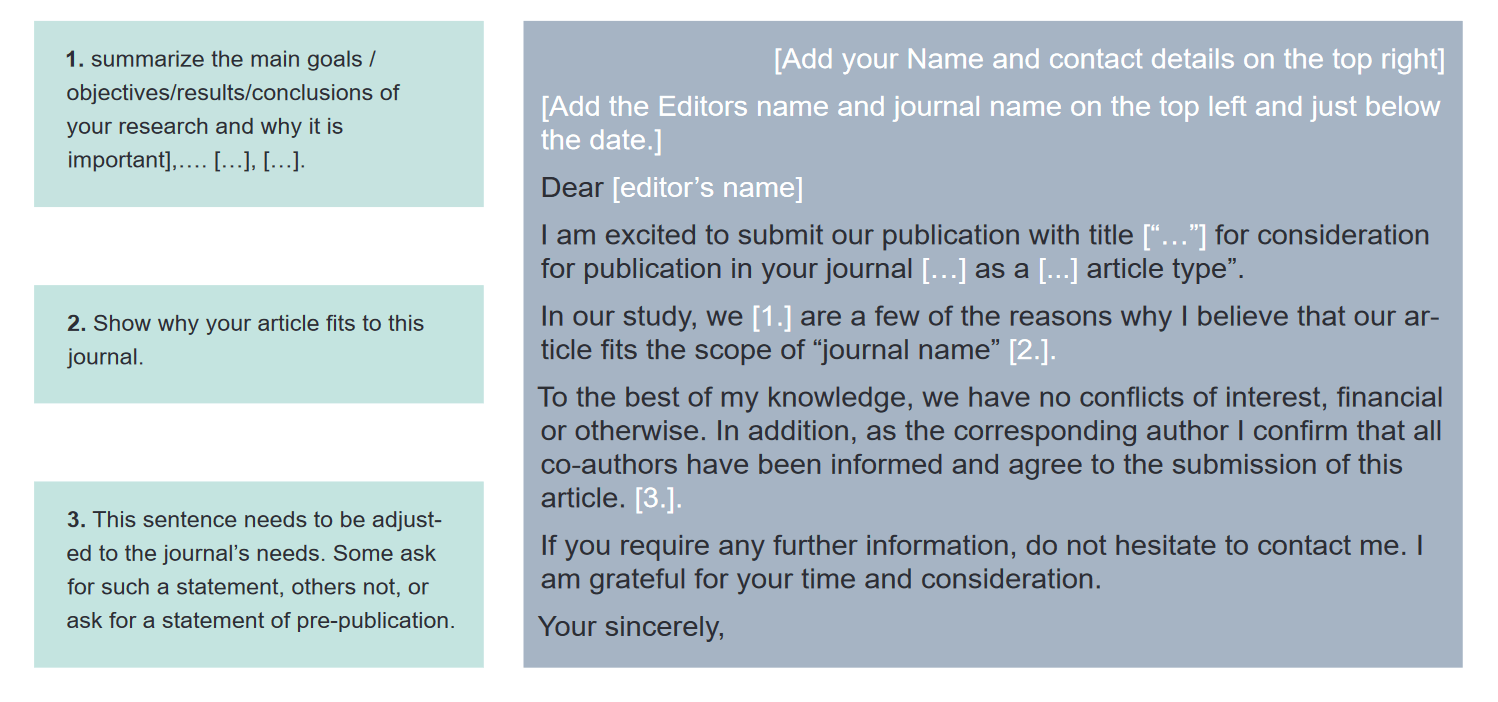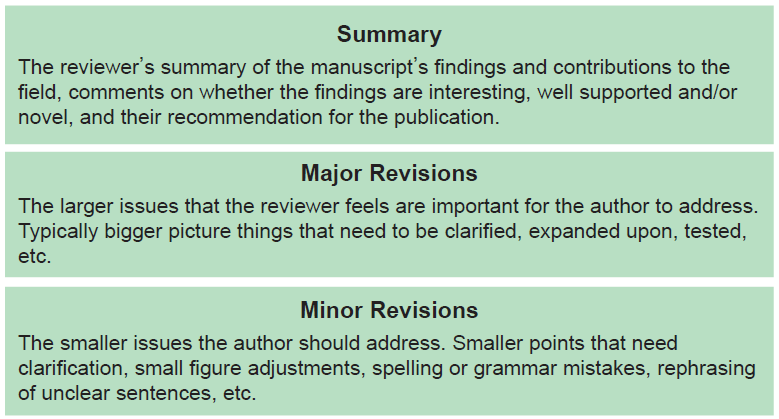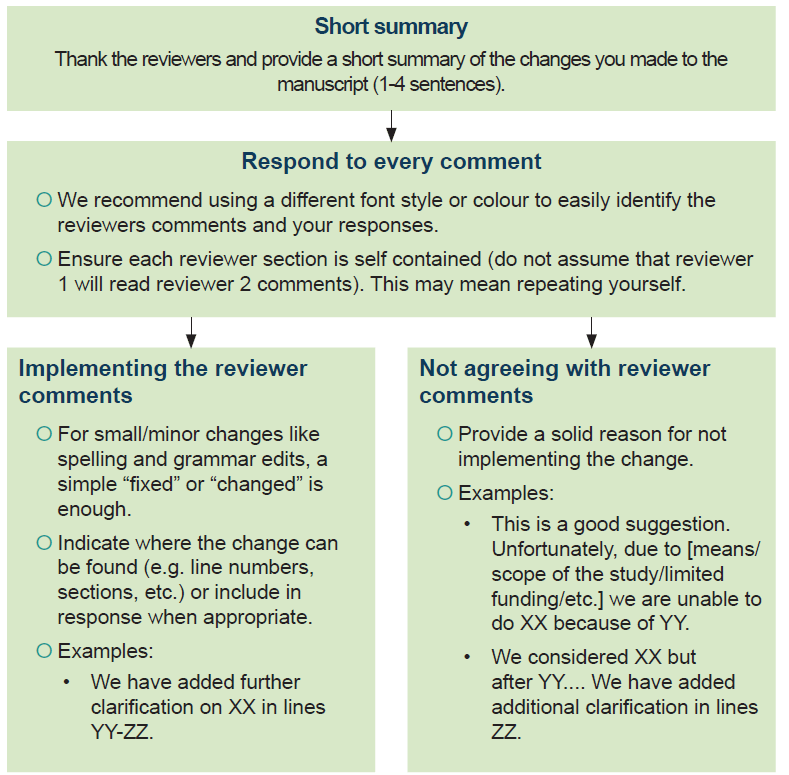Want to share your screen? See the person you're talking to? Contact us via digital library desk! We will be with you shortly.
Monday-Friday

Want to share your screen? See the person you're talking to? Contact us via digital library desk! We will be with you shortly.
Monday-Friday

You have finalised your article and are ready to submit it to a journal. Below, you find an overview of the most important steps and what to expect during this process.
Submission steps
What to consider when picking a journal:
Don't know where to start?
Submitting to a journal involves more than just writing the manuscript. The actual submission process will take time, so plan accordingly. Here are a few things you should do before you start the submission process:
When submitting your article to a journal, it is advised to write a cover letter to state your case why your article should be considered for publication in this journal. This is an example of how this letter could look like and which parts you should include:

If your article is accepted by a journal, it will go through a review process. Several peers will read your article, suggest revisions, and provide a detailed list of what needs changing. Similar to the structure of a scientific article, most reviews follow the following format:

Responding to reviews can be difficult, but remember: peer review generally improves your publication. If you are unsure how to respond to a review comment, ask an experienced colleague for help. Here is a general outline for how to tackling responding to reviewer comments:

Recommended resources:
Rejection happens to us all. Don't let it get you down! It generally means your article was considered not a good fit for the journal. This is a great opportunity to think about the purpose and target audience of the paper, find a journal that fits that criteria, edit the paper, as needed, and re-submit.
Congrats! Take a moment to celebrate. Then, check out the publication process to see the next steps.